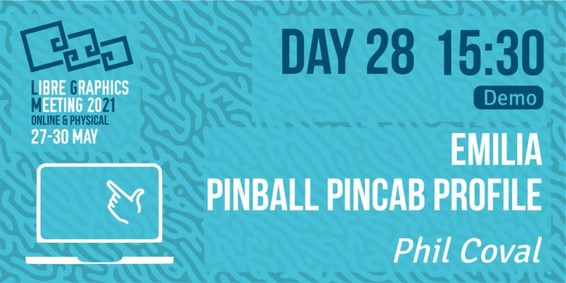**Вступление**
Компания Google официально объявила о переходе Android на использование графического API Vulkan в качестве основного. Это важный шаг для развития экосистемы Android, поскольку Vulkan обеспечивает более высокую производительность и гибкость в работе с графическим процессором (GPU). Изменения направлены на улучшение визуальных эффектов в играх, повышение эффективности работы приложений и упрощение разработки графических решений для мобильных устройств.
**Хэштеги** #Android16 #VulkanAPI #Google #ANGLE #GPU #GameDev #AndroidDevelopment #Skia #WebGPU #OpenGLES #Auracast #LNP #MobileTech #Pixel #AndroidUpdate #VulkanProfiles
**Библиография**
Google Developers. "Vulkan API on Android." Retrieved from https://developer.android.com
Khronos Group. "Vulkan Overview." Retrieved from https://www.khronos.org/vulkan/
Google Blog. "Android 16 Beta 3 Release Notes." Retrieved from https://blog.google/products/android
OpenGL ES on ANGLE. "ANGLE Project Documentation." Retrieved from https://chromium.googlesource.com/angle/
**Vulkan стал официальным API для Android: что это значит?**
Перед конференцией GDC компания Google объявила, что Vulkan теперь является официальным графическим API платформы Android. Это означает, что Vulkan станет рекомендованным уровнем абстракции для GPU (HAL), а такие внутренние компоненты, как HWUI, Skia и WebGPU, будут работать поверх него.
Переход Android на Vulkan: что изменится?
Google ведёт работу по переводу Android на новый унифицированный стек рендеринга, который будет базироваться исключительно на Vulkan. Для игровых разработчиков это открывает новые возможности:
**Повышение производительности GPU** – более эффективная работа графических приложений и игр.
**Продвинутые визуальные эффекты** – например, поддержка трассировки лучей.
**Более предсказуемое поведение API** – разработка под единый API упростит адаптацию игр.
Vulkan впервые появился в Android 7.0 (2016 год), но только недавно Google начала активно продвигать его как основной API. Причина проста – ранее лишь малая часть устройств поддерживала Vulkan, но теперь ситуация изменилась: по данным Google, 85% актуальных Android-устройств способны работать с Vulkan.
Что будет с OpenGL ES?
Поддержка OpenGL ES в будущих версиях Android будет осуществляться через прослойку **ANGLE**, работающую поверх Vulkan. В 2024 году ANGLE станет включённым по умолчанию, а начиная с 2025 года – единственной официально поддерживаемой реализацией OpenGL ES. В Android 16 прослойка ANGLE будет использоваться для отдельных игр и приложений, проверенных Google, а в Android 17 – уже на всех новых устройствах (за исключением программ из чёрного списка, где обнаружены несовместимости).
Требования к устройствам: Vulkan Profiles for Android
Чтобы обеспечить целостную поддержку Vulkan, Google ввела систему **Vulkan Profiles for Android (VPA)** – профили, которые определяют минимальный набор возможностей API для сертификации устройств.
**Android 16** – минимальная поддержка Vulkan 1.3.
**Android 17** – требования будут повышены до Vulkan 1.4.
Если устройство не соответствует профилю, оно не сможет использовать новые версии Android.
Android 16 Beta 3: ключевые нововведения
Одновременно с новостями о Vulkan вышла третья бета-версия Android 16. Среди ключевых изменений:
**Поддержка Auracast (Pixel 9)** – передача звука по Bluetooth в широковещательном режиме (полезно для наушников и слуховых аппаратов).
**Режим повышения контраста текста** – убирает прозрачность под текстом, улучшая читаемость.
**Режим LNP (Local Network Protection)** – теперь приложениям потребуется отдельное разрешение для доступа к локальным сетям (192.168.x.x, 10.x.x.x и т. д.).
Бета-версия доступна для устройств Pixel 6 и новее. Google предлагает разработчикам протестировать новый функционал перед официальным релизом Android 16 во втором квартале 2025 года.
Заключение
Переход на Vulkan как основной графический API – это шаг к унификации графической архитектуры Android. Для пользователей это означает более красивую и стабильную картинку в играх, а для разработчиков – единое, мощное API. А как думаете вы – оправдан ли такой отказ от OpenGL ES?

